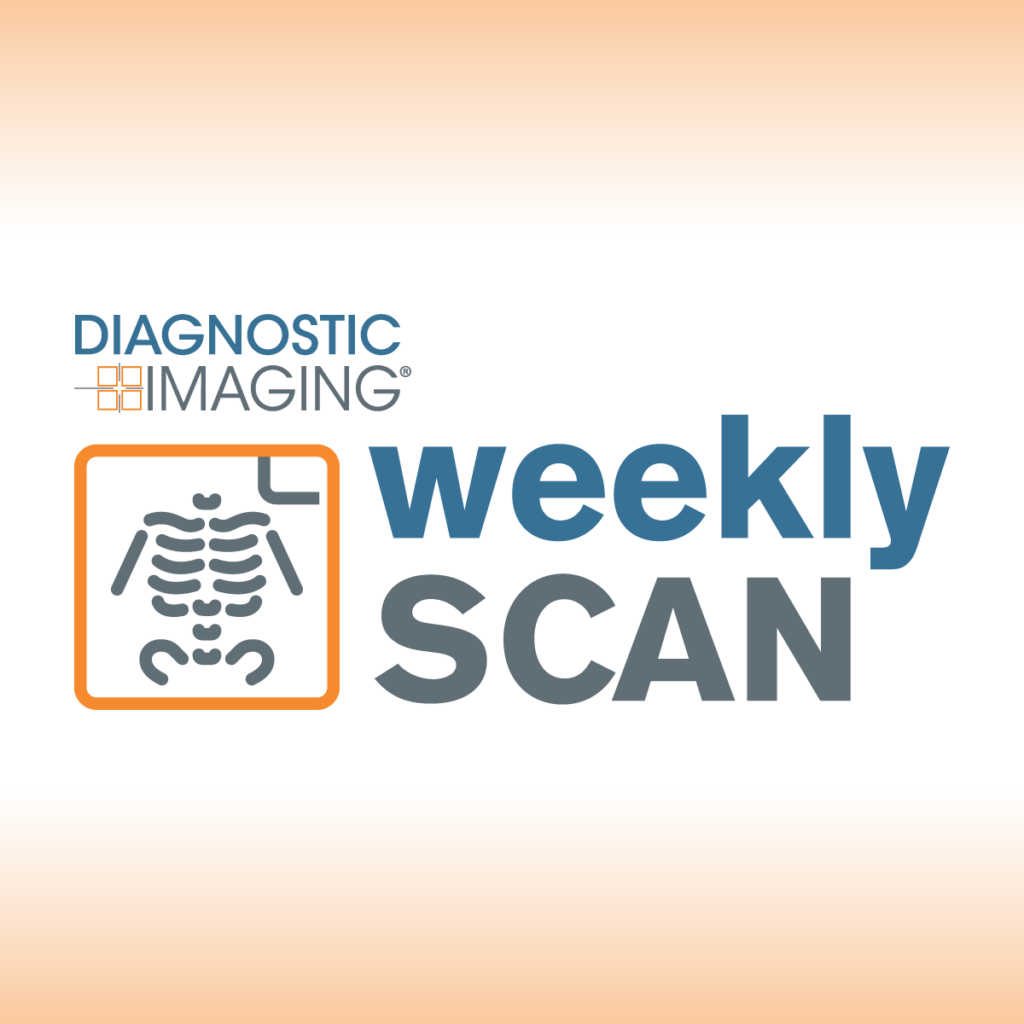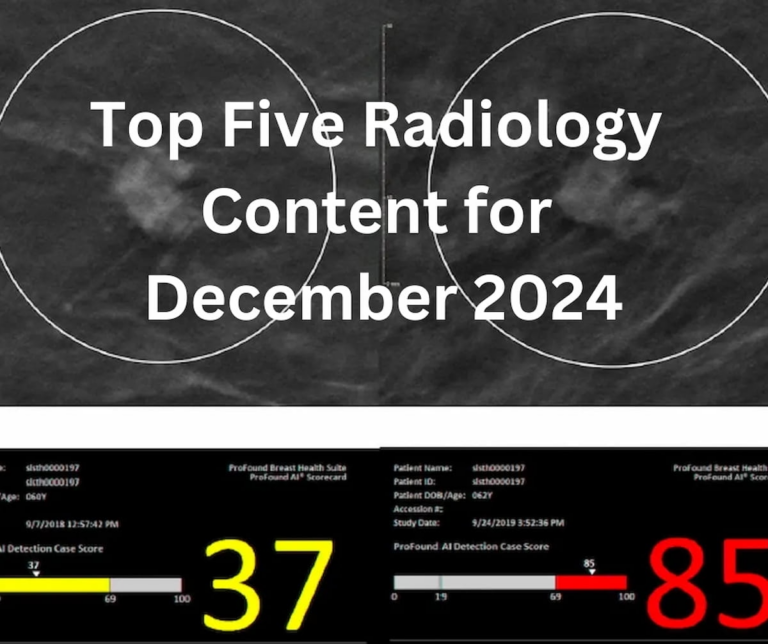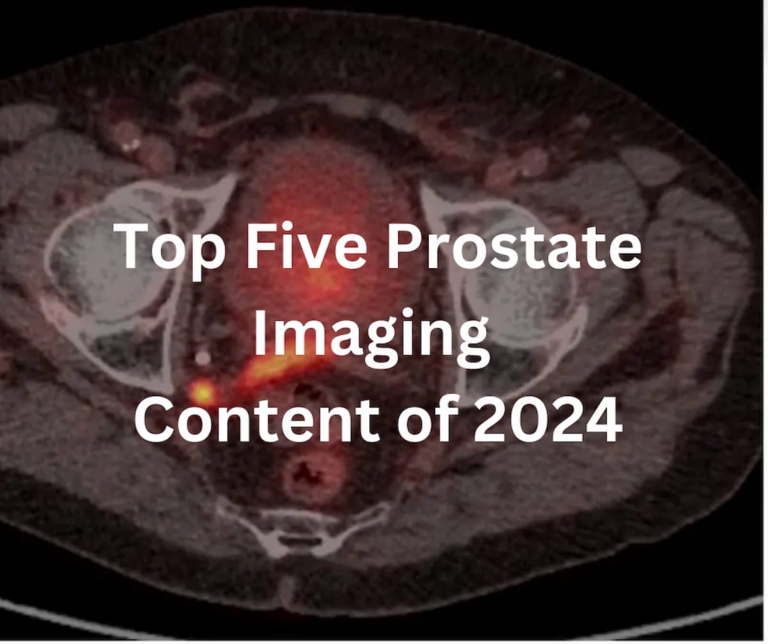
As we wrap up another week, it’s an opportune time to reflect on some of the standout advancements and discussions within the field of radiology that have captured the attention of practitioners and researchers alike. This past week has been particularly noteworthy, with several significant developments coming to the fore, offering promising insights and advancements for the medical community.
One of the major highlights has been the progress in artificial intelligence applications in radiology. AI continues to revolutionize the diagnostic process by enhancing accuracy and efficiency in interpreting medical images. This week, a study demonstrated how machine learning algorithms are being successfully integrated into routine diagnostic workflows, reducing interpretation times while maintaining high levels of accuracy. Such advancements not only streamline the diagnostic process but also free up radiologists to focus on complex cases that require their expertise.
Meanwhile, the discussion around radiation dose management in imaging procedures has been rekindled. With patient safety being a paramount concern, there is an ongoing effort to minimize exposure while maintaining image quality. This week’s discussions highlighted new protocols and techniques that are improving dose management, ensuring that patients receive the safest care possible without compromising the diagnostic value of the images.
Another topic that garnered attention is the evolving role of radiology in personalized medicine. As the medical community continues to focus on tailoring treatments to individual patients, radiological imaging is proving to be a vital tool in this endeavor. This week, insights were shared on how advanced imaging techniques are helping to characterize diseases at a molecular level, thus allowing for more targeted and effective treatment plans.
Interventional radiology has also been in the spotlight, with recent advancements enhancing minimally invasive procedures. New technologies and techniques are enabling precise interventions with reduced recovery times, which was a primary focus this past week. Such innovations are transforming patient care, offering alternatives to traditional surgical methods and expanding the potential applications of radiology in therapeutic contexts.
Further, the past week has seen considerable dialogue regarding radiology education, especially in adapting to rapidly changing technological landscapes. There is an increasing need for updated curricula that prepare future radiologists to work alongside AI and other emerging technologies. Discussions this week centered on various educational strategies and resources that are being developed to equip upcoming professionals with the necessary skills and knowledge.
Moreover, the global radiology community is embracing collaborative efforts more than ever. International conferences and virtual symposiums held this week have provided platforms for professionals from around the world to share their research, experiences, and insights. These gatherings are proving invaluable in fostering a sense of community and shared purpose, as professionals work together to address common challenges and innovate for the future.
In summary, this past week in radiology has been a vibrant blend of technological innovation, patient safety advancements, educational evolution, and global collaboration. As we move forward, these developments hold the promise of significantly enhancing patient care and expanding the capabilities of medical imaging. Undoubtedly, radiology continues to be a dynamic field at the cutting edge of medical science, poised to make impactful contributions to healthcare worldwide.


